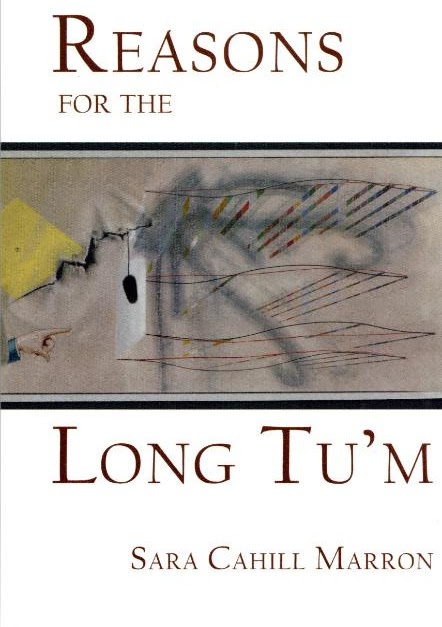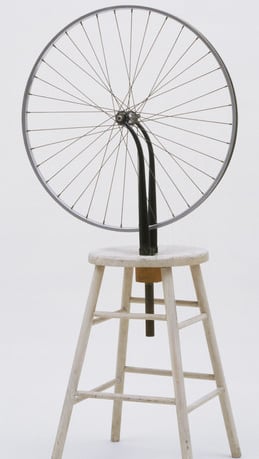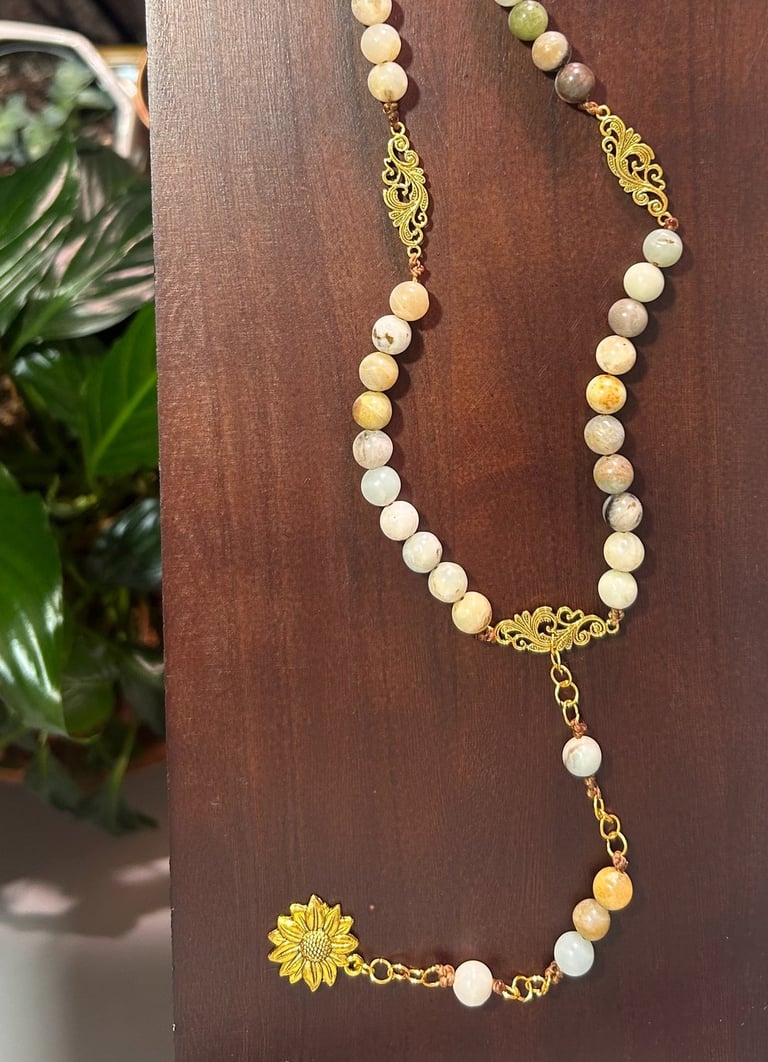
"In this dazzling, dizzying first collection, poet Sara Cahill Marron draws inspiration from two seemingly very disparate sources. The first, Marcel Duchamp’s painting by that name (which celebrated its centenary in the year of this book's publication), appears on the book’s cover. Created as a site-specific commission, which explains its odd dimensions (thus one of the “reasons”), Duchamp incorporated references to much of his prior work, while pointing the way (literally) to his move beyond painting (one interpretation of the title is a contraction for “you bore me”).
It is, then, a work simultaneously about looking back and looking forward, working within limitations, and shattering them." read more here.
$16.50
Publication Date: August 1, 2018
Paperback, 80 pages
ISBN: 978-1-937968-45-8



Marcel Duchamp
Tu m', 191
Oil on canvas, with bottle brush, safety pins, and bolt
27 1/2 × 119 3/10 in | 69.8 × 303 cm
Who is Marcel Duchamp?


What is a readymade?
"readymade” sculptures: pieces composed of prefabricated objects such as a urinal, a shovel, or a bicycle wheel affixed to a wooden stool, which the artist situated in the middle of the exhibition space. Duchamp saw the readymade as an opportunity to free art from the traditional confines of taste and beauty.
Marcel Duchamp made irreverent, wildly inventive art that blazed new trails for the 20th-century avant-garde. He briefly worked in a Cubist mode and helped spur movements including Dada and Conceptualism. Though his practice spanned drawing, painting, and installation, Duchamp is perhaps most famous for his “readymade” sculptures: Duchamp saw the readymade as an opportunity to free art from traditional confines of taste and beauty. He studied at Académie Julian before becoming involved in the avant-garde circles of New York and Paris. Duchamp also played tournament chess and, in the last decades of his life, worked in secret on a final installation, Étant donnés (1946–66).


What is beadwork?
The word bead in English is derived from an Old English word bede which means prayer.
Beadwork used to count repetitions of prayers, chants, or mantras in various religions such as Hinduism, Buddhism, Shinto, Islam, Sikhism, Christianity, and Chotki, Dhikr, Japamala, Rosary, Jaap Sahib. The use of beads in prayer has ancient origins that can be traced back several millennia across multiple cultures and religions. This practice not only serves a practical purpose of keeping track of recitations but also holds deep spiritual significance for many practitioners. In Hinduism, for instance, the mala (prayer beads) is often composed of 108 beads, which is considered a sacred number. Each bead serves as a guide in the meditation process, allowing the practitioner to remain focused and centered. Similarly, in Buddhism, beads are used to help count mantras during meditation, creating a rhythm that enhances the mindfulness experience. As cultures have intermingled over the years, the various designs and symbolism related to prayer beads have also evolved, incorporating elements from different traditions, which further enriches their significance and usage. This fascinating interplay between spirituality and artistry not only reflects the devotion of believers but also serves as a bridge connecting diverse faiths and practices.
The earliest known use of beads for religious purposes dates back to ancient Hindu practices, approximately 3,000 years ago. These practices were deeply rooted in spirituality and often involved intricate rituals. However, there is evidence of even earlier use:
Ostrich eggshell beads found in Africa date back to 10,000 BC, indicating that the use of beads transcends cultures and localized practices, serving as a link across various ancient civilizations.
A fresco from the prehistoric settlement of Akrotiri on Santorini, Greece, dating to the 17th century BC (c. 1613 BC), shows the oldest known image of a string of beads in a religious context. This discovery highlights not only the artistic expressions of the time but also the significance of beads in facilitating communication with the divine in ancient cultures.
Origins
Ready-Made Poems
Exploring modernity through poetry and visual art.
Sara Cahill Marron Poetry Est. 2013
© 2025. All rights reserved.